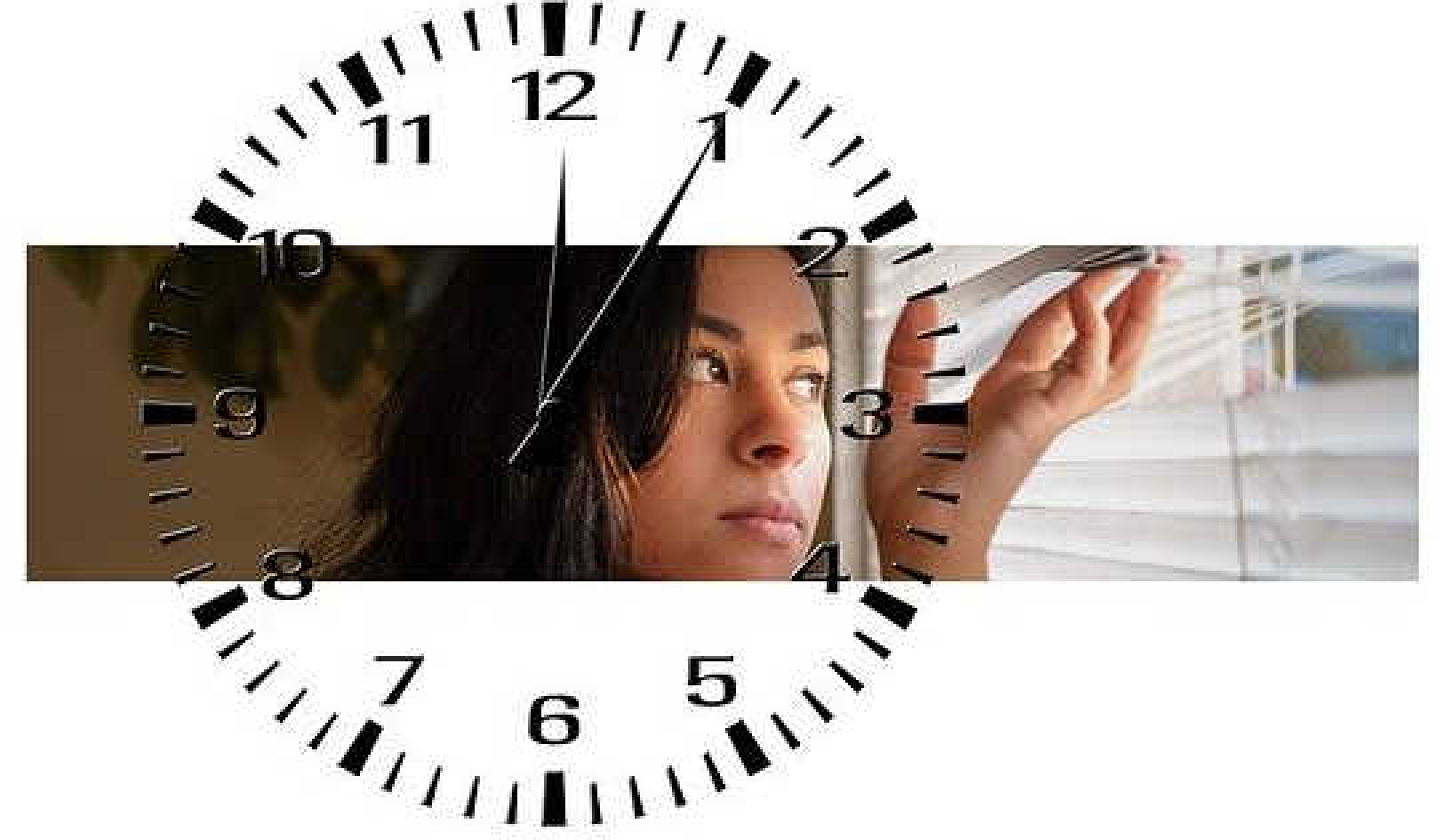
Image by Free-Photos
Audio read by Marie T. Russell
In Western culture, many have become removed from witnessing the actual dying experience as a normal part of life. In my hospice work, I often find myself not only energetically supporting the patient, but also providing guidance to family and loved ones who may not have a deathbed ritual or practice. In these cases, it can be difficult to know what to do when faced with the dying process and saying a final goodbye to their loved one.
There are many ways to commemorate the death of a loved one, from memorial services to wakes to funerals and more. I regularly suggest performing an end-of-life ritual. No matter the specific religion, tradition, or practice, these rituals offer us a powerful way to open our hearts, minds, and bodies to honor the process of life-force energy moving forward in its final effort of release and return to Source. The idea of ceremony and ritual can be a beautiful way to enhance the experience of saying goodbye to a loved one while they are transitioning through the final stages of dying.
An end of life ritual can be as simple as lighting a candle or saying a prayer. Or, it can be as elaborate as designing a full ceremony with family and friends that is in alignment with the dying person’s beliefs as well as the space they are residing in and its rules and regulations. These rituals are only limited by our imagination and creativity and should always aspire to honor and highlight the uniqueness of the individual who is dying.
Each deathbed scenario is unique and will ultimately determine elements of the ritual. Find ways to make the experience memorable and personable, working in love versus fear. Death is inevitable, a given, but the way we experience it is limitless. Using the following outline, as suggested by Rev. Dr. David Laurance Bieniek in his book At the Time of Death: Symbols & Rituals for Caregivers & Chaplains, can assist in creating a meaningful experience, but should in no way limit the creativity of the process:
* Identify and Communicate the Purpose of the Ritual
* Create and Set Sacred Space
* Personalize the Experience
* Share and Reflect
* Offer Blessings
* Close the Ritual
Identify and Communicate the Purpose of the Ritual
Each death journey is unique, therefore the purpose of the deathbed ritual or ceremony needs to be determined by the condition of the loved one who is dying. Some rituals are designed to make the dying person more comfortable, offering peace of mind. Other reasons can include creating space for others to gather or saying a final goodbye. It can also offer an opportunity to forgive, release, atone, converse, and share. Ritual performed with a responsive dying person is more participatory, along the lines of healing, whereas when working with a non-responsive person, the effort is designed more as a final goodbye. Comparatively, rituals experienced at the actual point of death and beyond are more about release and mourning.
Every situation also depends on the particular needs of the participants and the location. For example, a private home, a nursing home, or a hospital will all have different rules, regulations, or personal considerations to take into account. Understanding the individual scenario will help clarify the ritual’s purpose and design.
Create and Set Sacred Space
Setting a space for ritual offers a chance for those involved to celebrate the dying person’s life and can include those present as well as those who are not able to be in attendance. When it comes to setting the sacred space, again, each case is unique to the situation and its surroundings. It can be as simple as ringing a bell or as orchestrated as full ritual. Oftentimes when a person is in a hospice situation, the family has already begun to set intentional space within and throughout the room by placing pictures as well as sending or bringing personal mementos.
This intentional practice of setting a sacred space can be expanded for any ceremony by including ritual items such as candles, oils, artifacts, albums, photos, special gifts, blankets, artwork, or anything that has special ties to the dying person or the family and friends holding vigil. It is all about creating the dying person’s “living memorial space” while they are still present and able to celebrate their life with those they love and cherish. If a family member or friend is not physically able to be at bedside, they can still be included in the ceremony by connecting intentionally, using prayer, or even through technology.
The physical location of the deathbed occurrence may or may not limit the levels of creativity when it comes to setting ritual space with regard to facility rules and regulations or even family and household belief systems. Examine any boundaries or policies on issues like sound levels, music, candle fire or flame, number of people, and more. Also be sensitive to the dying person’s state of being in terms of reaction to noise and activity.
Personalize the Experience
Personalizing the ritual or ceremony can be something as effortless as playing music, to a coordinated live ceremony. This again is an area where the dying person’s life directly reflects what might be used to engage the senses and honor the loved one, whether that’s through sounds, smells, sight, touch, or taste. Incorporate elements to personalize the ritual space by using tools to grow the experience and involve others. Consider using essential oils to not only enhance the smell and feel of the room, but also to anoint and bless their body by directly applying them on your loved one as a sign of honor and respect.
Personal pieces, articles, or items used through any stage of deathbed ceremony become talismans imprinted with the energy of the ritual and are important touchstones for the family and friends left behind. They can be useful and comforting in the grieving process and incorporated into future celebrations of life, evoking feelings of connection, love, and support.
From reading poems and Bible verses, to fresh flowers, family heirlooms, playing musical instruments, hands-on healing, religious artifacts, and more, the opportunities for personalization are only limited by the time and energy put into the ritual. They are an expression of both the person who is journeying and those supporting it—past, present, and even future.
Share and Reflect
Many of us wait to eulogize someone we have lost until after their death, whereas a ritual or ceremony experienced at the deathbed can be a beautiful opportunity to reflect and share memories prior to the person dying. This can offer anyone involved the chance to find acceptance, release, forgiveness, and even joy—all of which can directly assist the dying person’s chakra system in its shut-down effort and allow them an easier transition in death.
With regard to sharing and reflecting, it makes no difference if the dying person is identified as responsive or non-responsive, as anything shared is always received either physically, mentally, or telepathically. The energetic beauty of words is felt as much as heard. Those in a non-responsive state are well aware of reflection, intention, and conversation not only from those physically present, but also from anyone sending blessings from afar. This is because the energy moves on a telepathic level of the subconscious as another form of prayer. For this reason, sharing is a vital part of ritual and can be healing for everyone involved.
Offer Blessings
The term “blessings” can mean different things to different people, from religious prayers to poems and song. There is no right or wrong way to do this. The energy here is directed toward the dying person versus the above reflection designed as a sharing of energy among everyone involved. Blessings can be verbal as well as physical, such as the actual use of oils and bathing the body. Those participating in offering a blessing may have family, cultural, or religious views that determine what is appropriate, but remember, the dying person is the one being honored and blessed at this time. Alignment to their personal integrity is key.
Close the Ritual
The effort of any ceremony or ritual ends with a closing element as a way to release the sacred space. There is no need to necessarily physically leave the space or the dying loved one’s side to “close” any ritual. Following a ritual, many will choose to stay and immerse themselves in the energy of the celebration. Instead, the closing is an intentional, mental release of the combined ritualistic effort that has taken place. This allows the ceremonial energies to continue to do its job of release. Intentional closing can be as simple as ringing a chime, blowing out a candle, designated words, a handshake, a hug, or a kiss goodbye.
©2020 by Suzanne Worthley. All Rights Reserved.
Publisher: Findhorn Press, imprint of Inner Traditions Intl.
www.findhornpress.com and www.innertraditions.com
Article Source
An Energy Healer’s Book of Dying: For Caregivers and Those in Transition
by Suzanne Worthley
 Written by a highly skilled intuitive energy worker, this compassionate guide reveals what is happening energetically during the transition back to spirit and details how to provide support in any phase of losing a loved one: before death, during the dying process, and afterward. Taking readers step-by-step through the nine energetic levels of dying, author Suzanne Worthley explains what is happening at each level or dimension energetically, what to watch for in each stage, and specific ways in which we can support our loved ones through their transition back to spirit.
Written by a highly skilled intuitive energy worker, this compassionate guide reveals what is happening energetically during the transition back to spirit and details how to provide support in any phase of losing a loved one: before death, during the dying process, and afterward. Taking readers step-by-step through the nine energetic levels of dying, author Suzanne Worthley explains what is happening at each level or dimension energetically, what to watch for in each stage, and specific ways in which we can support our loved ones through their transition back to spirit.
For more info, or to order this book, click here. (Also available as a Kindle edition.)
About the Author
 Suzanne Worthley is an energy healing practitioner and intuitive who has focused on death and dying for 20 years. She has played a vital role in partnership with families and hospice teams, helping the dying have a peaceful transition and helping families and caregivers understand what is happening energetically during the death process. Visit her website at www.sworthley.com/
Suzanne Worthley is an energy healing practitioner and intuitive who has focused on death and dying for 20 years. She has played a vital role in partnership with families and hospice teams, helping the dying have a peaceful transition and helping families and caregivers understand what is happening energetically during the death process. Visit her website at www.sworthley.com/
Video version of this article:
{vembed Y=bVESzziIHNc}





























